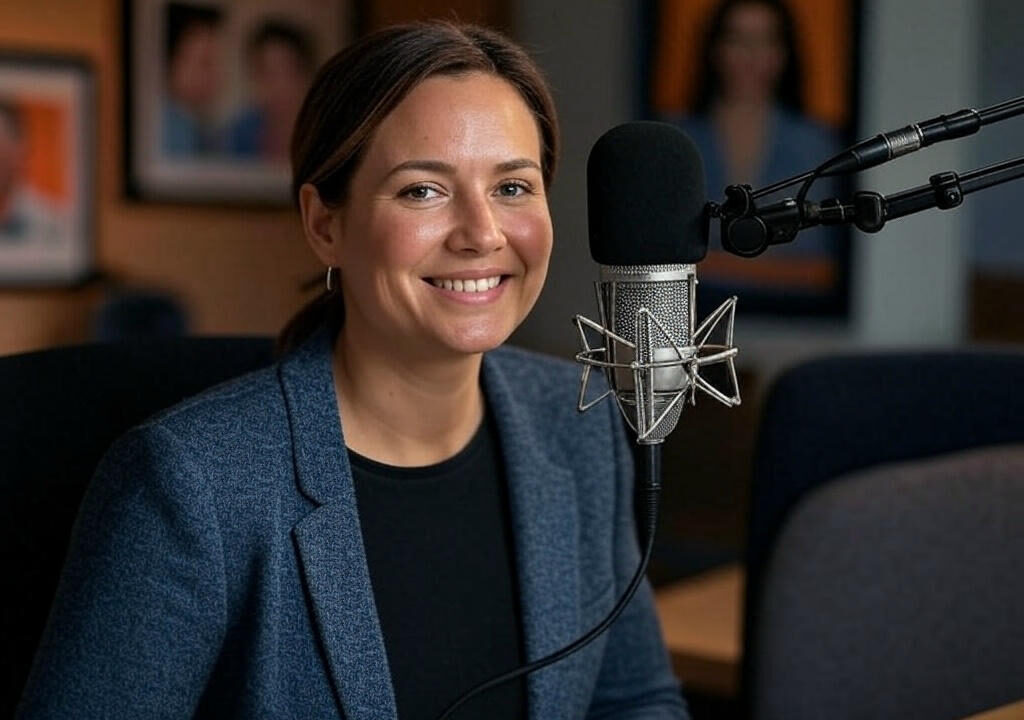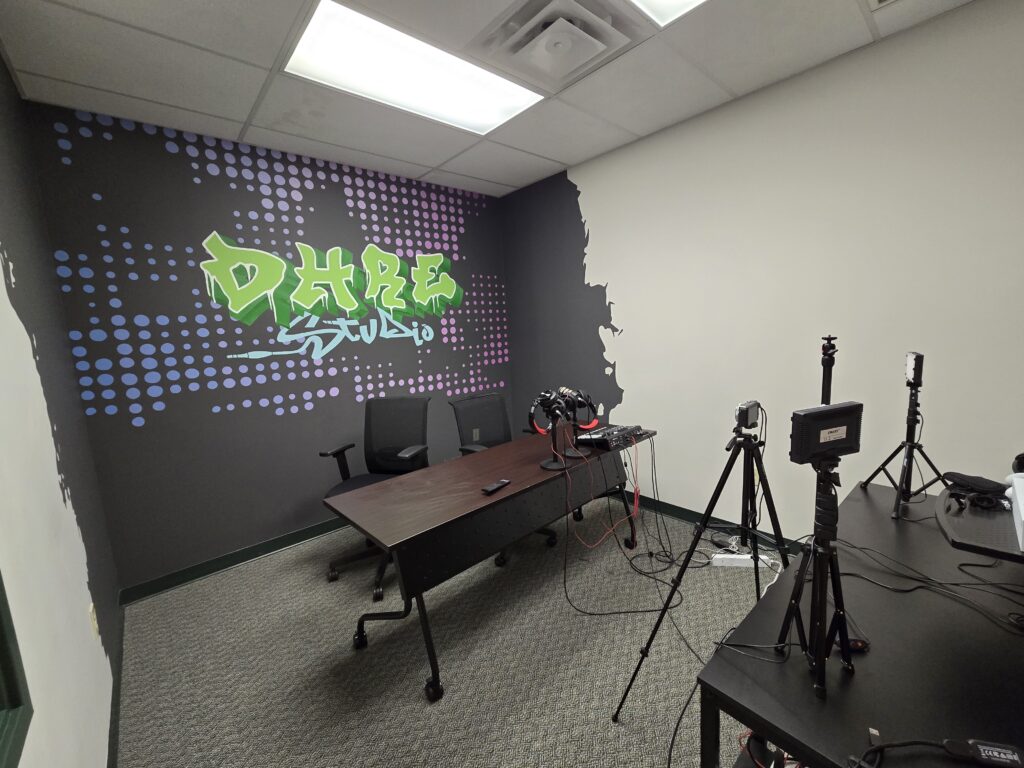
Starting a Podcast on a Budget: A Practical Guide
- Ian S. Hoover
- 0
- Posted on
Podcasting has exploded in popularity, offering a platform for anyone with a story, expertise, or passion to connect with an audience. As someone who has launched two podcasts and assisted others in starting their own, I know firsthand the excitement and challenges involved. While I invested $10,000 in my professional studio, you don’t need a big budget to create a compelling podcast. This article outlines how to start a podcast affordably, leveraging free or low-cost tools and platforms while avoiding common pitfalls. The key? Just start—your skills will improve with every episode.

Why Start a Podcast?
Podcasts are a powerful medium for building communities, sharing knowledge, and establishing authority in your niche. They’re relatively inexpensive to produce compared to other content forms, and the barrier to entry is low. According to Edison Research (2024), 42% of Americans listen to podcasts monthly, and the global podcast market is projected to grow to $4 billion by 2025. Whether you’re a hobbyist or an entrepreneur, a podcast can amplify your voice.
Step 1: Plan Your Podcast
Before hitting record, define your podcast’s purpose and audience. Ask yourself:
- What’s your niche? Choose a topic you’re passionate about, whether it’s true crime, personal finance, or niche hobbies like vintage watch collecting.
- Who’s your audience? Understanding your listeners helps tailor content and tone.
- What’s your format? Decide between solo episodes, interviews, or co-hosted discussions. Interviews are great for beginners, as guests bring their own audiences.
Pro Tip: Brainstorm 10–20 episode ideas to ensure you have enough content to sustain your podcast. Write brief outlines for your first few episodes to stay focused.
Create a Catchy Title and Artwork
Your podcast’s title and artwork are your first impression. Choose a unique, memorable title that reflects your content. Use tools like the U.S. Trademark Electronic Search System or a simple Google search to ensure your title isn’t already in use.
For artwork, platforms like Canva offer free templates to design professional-looking podcast covers. Alternatively, AI tools like MidJourney or DALL·E can generate unique visuals for a small fee or subscription. Aim for bold colors and clear text readable at small sizes (e.g., 3000×3000 pixels, per Spotify’s guidelines).
Step 2: Choose Your Equipment
You don’t need a $10,000 studio to sound great. Here’s a budget-friendly setup:
- Microphone: The Samson Q2U ($60–$70) or Audio-Technica ATR2100x-USB ($99) are affordable USB/XLR mics with excellent sound quality. If you’re on a tight budget, a $20–$30 USB condenser mic from Amazon will suffice for starters.
- Headphones: Any over-ear headphones ($20–$50) work for monitoring audio. Avoid earbuds, as they can cause feedback.
- Pop Filter: A $10 pop filter reduces harsh “p” and “b” sounds.
- Mic Stand or Boom Arm: A basic stand ($15–$25) keeps your mic steady.
Optional: A free app like Audacity can enhance audio by reducing background noise. If you’re recording in a noisy environment, hang blankets or use a closet to dampen echoes.
Step 3: Select a Recording Platform
Your recording platform depends on whether you’re producing audio-only or video podcasts.
Audio-Only Podcasts
For audio, Spotify for Podcasters (formerly Anchor) is a free, beginner-friendly platform for recording, editing, and distributing your podcast. It offers:
- Simple recording tools.
- Direct distribution to Spotify, Apple Podcasts, and other platforms.
- Monetization options, even for small audiences.
Alternatively, Zencastr offers a free plan for remote interviews, recording high-quality audio tracks for each participant.
Video Podcasts
Video podcasts are gaining traction, with 17% of podcast listeners preferring video formats (Statista, 2024). For budget-friendly recording:
- Zoom: The free plan allows 40-minute meetings, sufficient for most episodes. Upgrade to Pro ($15/month) for longer sessions.
- Google Meet: Free for Google account holders, it’s a reliable option for group recordings.
- Riverside.fm or StreamYard: These podcast-specific platforms ($15–$30/month) offer advanced features like multi-track recording and live streaming but may stretch a tight budget.
Pro Tip: Always record a backup audio track in Audacity or GarageBand, as internet-based platforms can drop quality.
Step 4: Editing Your Podcast
Editing polishes your podcast, removing mistakes and enhancing flow. Free or low-cost tools include:
- Audacity (Free): A powerful audio editor for trimming, noise reduction, and adding music. It has a steep learning curve but extensive tutorials on YouTube.
- DaVinci Resolve (Free): Ideal for video podcasts, this professional-grade software handles video and audio editing. It’s resource-intensive, so ensure your laptop has at least 8GB RAM.
- Windows Clipchamp (Free): Pre-installed on Windows 11, Clipchamp is user-friendly for basic video edits, with templates for podcast intros.
- Movie Maker Pro ($15–$30 one-time): A simple, paid option for Windows users, it’s easier to learn than DaVinci and great for quick edits.
For music, use royalty-free tracks from Free Music Archive or Epidemic Sound (starts at $10/month). Always credit sources to avoid copyright issues.
Step 5: Publishing and Promoting Your Podcast
Once edited, upload your podcast to a hosting platform like Spotify for Podcasters, Buzzsprout (free plan available), or Libsyn ($5/month). These platforms distribute your episodes to major directories like Apple Podcasts, Google Podcasts, and Stitcher.
Promotion Tips
- Social Media: Share clips on Instagram Reels, TikTok, or X. Use Canva to create audiograms (visual audio snippets).
- Cross-Promotion: Guest on other podcasts or invite influencers in your niche.
- Consistency: Release episodes on a regular schedule (e.g., weekly or biweekly) to build listener loyalty.
Step 6: Embrace the Learning Curve
The best advice for new podcasters is to start now, even if your first episodes aren’t perfect. My early episodes were rough, but each one taught me something new—whether it was mic technique, storytelling, or editing shortcuts. Experiment with formats, seek listener feedback, and iterate. Resources like The Podcast Host and Podcasting 101 offer free guides and communities to support your growth.
Budget Breakdown
Here’s a sample budget for starting a podcast:
- Microphone: $30–$100
- Headphones: $20–$50
- Pop Filter: $10
- Recording Software: Free (Audacity, Spotify for Podcasters)
- Editing Software: Free (DaVinci Resolve, Clipchamp) or $15–$30 (Movie Maker Pro)
- Hosting: Free–$5/month (Spotify for Podcasters, Buzzsprout)
- Artwork: Free (Canva) or $10–$50 (AI tools) Total: $70–$205 upfront, $0–$5/month ongoing
Final Thoughts
Starting a podcast on a budget is entirely possible with today’s tools and platforms. Focus on delivering value to your listeners, keep your setup simple, and commit to improving over time. As podcasting pioneer Marc Maron once said, “The beauty of podcasting is that anyone can do it, but not everyone can do it well.” Take the leap, learn as you go, and watch your podcast grow.
Resources:
- Spotify for Podcasters
- Canva for Artwork
- Audacity for Audio Editing
- DaVinci Resolve for Video Editing
- Podcast Insights for Tips
